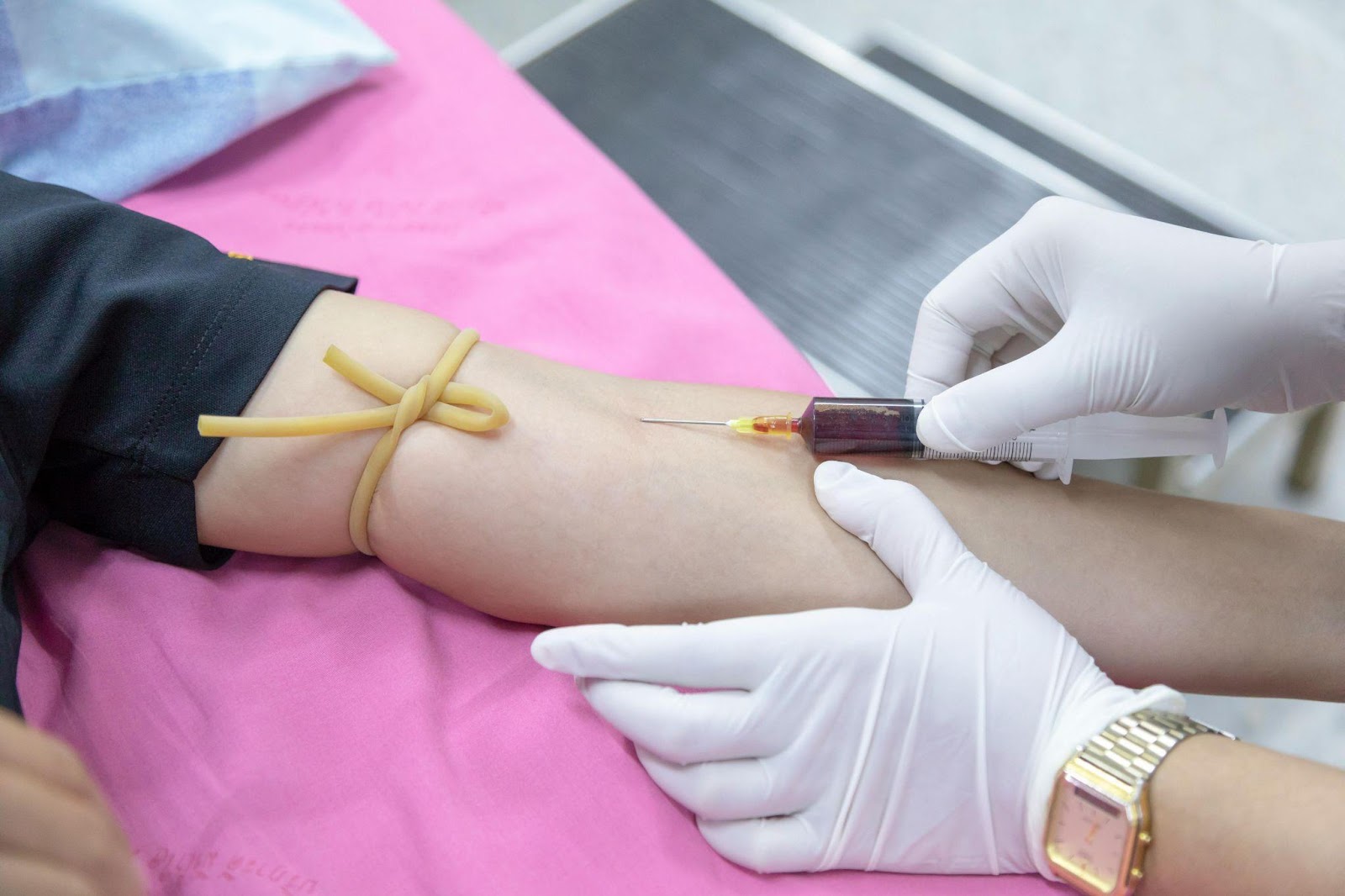“We’ll do an IgE test to figure out what’s causing those reactions.”
When my doctor said those words, I nodded like I knew exactly what she meant. Truth is, I was already pulling up my phone to Google it under the desk. After years of random hives, sneezing fits, and that one scary restaurant reaction, I just wanted answers. Maybe you’re in the same boat right now, staring at your test results and wondering what all these numbers mean for your life.
What is an IgE Blood Test?
Picture your immune system as an overenthusiastic bouncer at a club. IgE antibodies are like the security cameras helping that bouncer decide what’s actually a threat. Sometimes they get it wrong and start throwing out perfectly good customers (like that piece of shrimp that just wanted to be dinner).
During my first allergist visit, she sketched out how these antibodies work on the examination table paper. “Your body creates specific IgE antibodies for things it thinks are dangerous,” she explained, drawing little Y-shaped figures. “The more it makes, the stronger it thinks the threat is.” That explanation made way more sense than the medical websites I’d been browsing at 3 AM.
Types of IgE Testing Methods
My test results showed up in my patient portal on a Tuesday morning. Great. Now I just needed my ige blood test results explained to me. Thanks to LabAnalyzer, I didn’t have to wait for my follow-up appointment to make sense of them. Here’s what I learned about the two main ways doctors track down allergy culprits:
Total IgE Testing
This test is like taking inventory of all your body’s security cameras at once. A high number means your immune system is definitely reacting to something, but not exactly what. My friend Jake’s total IgE was through the roof, which explained why he sneezed his way through every season – his bouncer was working overtime.
Specific IgE Testing
This is where things get interesting. These tests check for reactions to specific triggers – like showing your immune system a lineup of suspects. My results showed high numbers for shrimp (goodbye, seafood buffets) and dust mites (hello, new air purifier).
How to Interpret Your IgE Test Results
Looking at my raw test results felt like reading a foreign language. That’s when I found LabAnalyzer, which translated all those mysterious numbers and units into actual English. Instead of panicking over a 3.2 kU/L reaction to dust mites, I learned this meant I should probably dust more than once a season (and maybe invest in some allergen-proof bedding).
The best part? Understanding these results before my follow-up appointment meant I could ask better questions. Instead of wasting time on “what do these numbers mean?” we jumped straight to “what air purifier would work best in my bedroom?”
Normal vs. Abnormal IgE Levels
Here’s something that blew my mind: normal IgE levels are like shoe sizes – what’s normal for one person might be way off for another. Kids typically have higher levels than adults. People with allergies or asthma usually run higher than those without.
My numbers looked scary high compared to the “normal” range, but my allergist wasn’t concerned. “We look at your symptoms more than the exact numbers,” she said. “Numbers help us confirm what’s bothering you, but how you feel matters more than what the test says.”
Common Allergens Detected Through IgE Testing
Want to know what these tests can spot? Here’s what I learned from my deep dive into allergy testing:
Food Allergens They can check for reactions to:
- Shellfish (which solved my post-sushi mystery)
- Peanuts and tree nuts
- Milk and eggs
- Wheat (though gluten issues are a different story)
- Soy
- Fish
I found out I’m only allergic to shellfish, not all seafood – which means I can still enjoy salmon sushi (just not next to the shrimp rolls).
Environmental Allergens They also test for:
- Pet dander (my sister’s cat sends her regards)
- Pollen (pine trees are my kryptonite)
- Dust mites (the real reason spring cleaning matters)
- Mold spores
- Grass
When to Seek Additional Testing
Here’s what no one tells you about allergy testing: sometimes the first round of tests isn’t the whole story. My cousin tested negative for everything but still got rashes. Turns out she had a rare reaction that didn’t show up on standard tests. Consider more testing if:
- Your symptoms don’t line up with your results
- You have clear reactions but your tests say you’re fine
- Your reactions are getting worse
- You’re developing new symptoms
- Your gut says something else is going on
The Light at the End of the Tunnel
Getting my IgE results was like finally finding the last pieces of a puzzle I’d been working on for years. All those random reactions suddenly made sense. No more wondering if I was just being dramatic about certain foods or if my spring sneezing was all in my head.
Using LabAnalyzer to understand my results before my follow-up appointment changed everything. Instead of sitting there confused while my doctor explained basic concepts, we spent our time making a real plan to deal with my allergies.
These days, I still carry my EpiPen (because shrimp happens), and I’ve learned to check restaurant menus ahead of time. My new air purifier keeps the dust mite drama to a minimum, and I actually understand what my allergy tests mean when I get updates.
Your test results aren’t just numbers on a screen – they’re a map to feeling better. And with tools like LabAnalyzer, you don’t need a medical degree to read that map. You just need the right guide to help you understand what those numbers mean for your daily life.





























